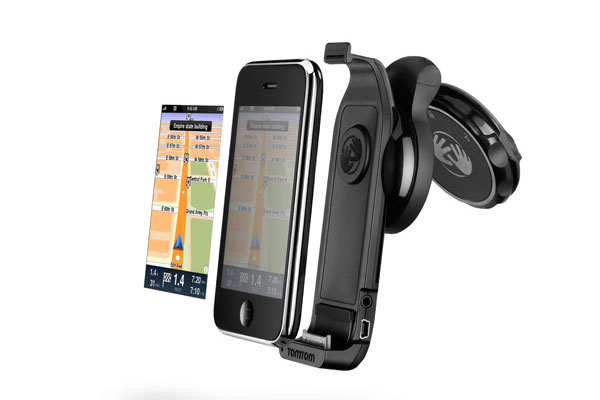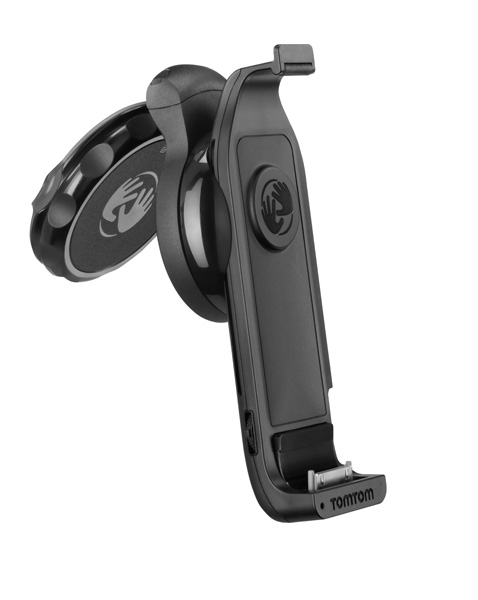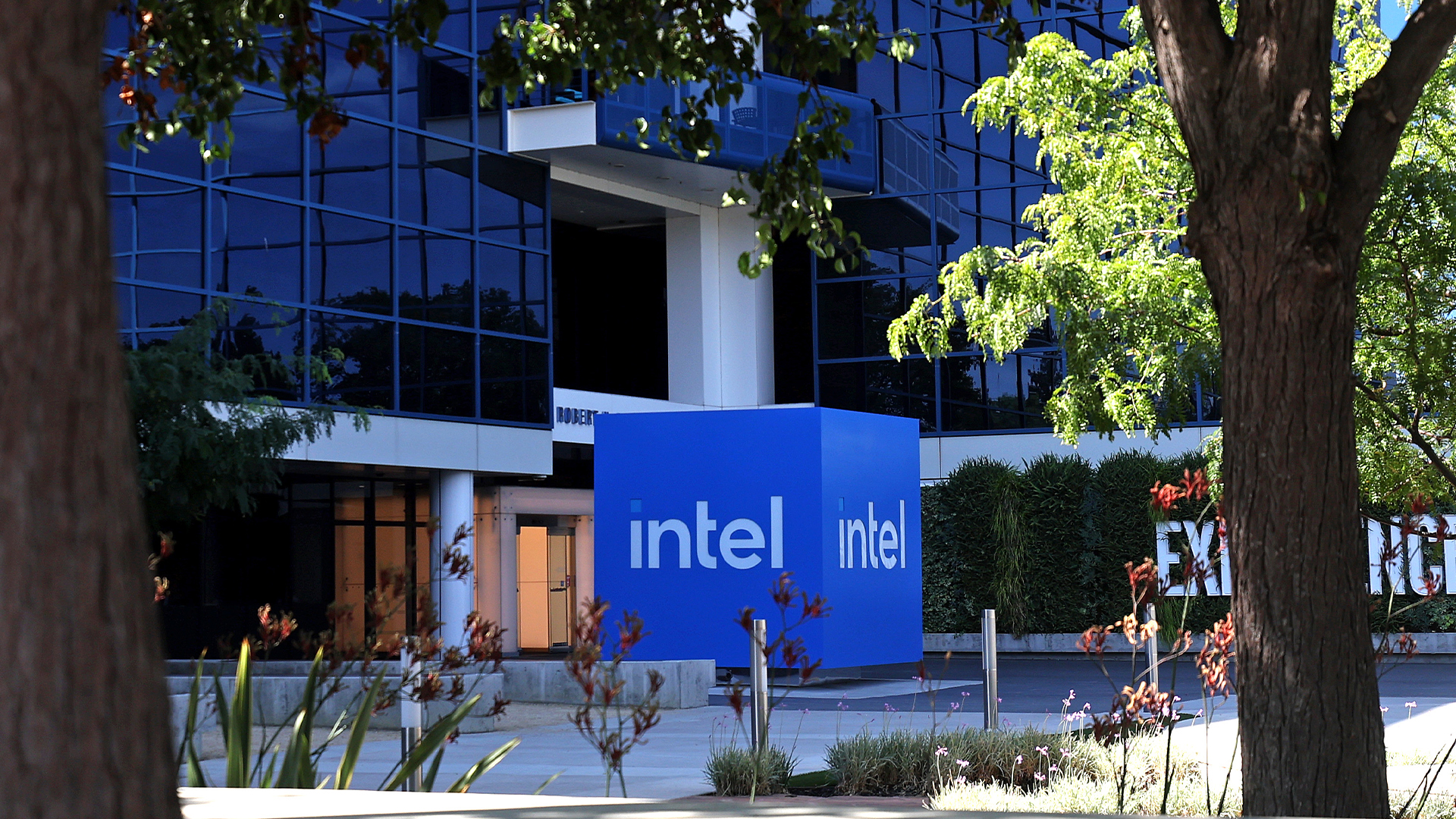TomTom for iPhone with car kit review
TomTom's long awaited car-kit for the iPhone has been released. In this review, we take it for spin to see if it's worth the outlay.

The combination of the slickest smartphone on the market and the best known navigation software works as impressively as one would imagine and the car kit hardware is good. However, the total cost is simply too great, considering that the software lacks features compared to TomTom's stand alone units. As such, going the stand alone PD route is still the route we'd take.

Navigation is very easy indeed. The default screen shows a 3D view of your location and you simply tap the screen anywhere to bring up the menu from where you can select the navigate menu to route straight to your Home location, to a saved favourite, a recent destination, or to a post code. You can plan in advance so you don't need an active GPS signal for work out a route in advance, and as the entire maps are located on your iPhone, you don't need a data signal to start with. Despite the large data set the app starts up relatively quickly on an iPhone 3GS in less than 10 seconds.

In use, we found the routing to be effective. The app also takes advantage of TomTom's IQ routes, which draw data from thousands of user journeys and as such you'll get the most effective route for the time of day. The apps also warned us of approaching speed cameras with a chime.
When an incoming call is received, the map disappears to be replaced with the phone screen, but audio instructions still continue from the speaker. When the call ends, the map auto resumes.
We read many complaints of the position indicator on the TomTom app lagging behind the actual location, but we didn't experience this in our tests. Recent updates to the app may have helped in this regard, and the SirfStar III chip in the car kit appears to be doing its job.
While we found ourselves perfectly happy with the usability and performance of the TomTom app, we were frankly surprised at the lack of features compared to standalone devices. With the x40 Live series in 2008, TomTom added the Google Local Search feature that enabled you to find where you wanted to go via a Google search, and then route to it. It seems like a no-brainer to include it in a data device such as the iPhone, but surprisingly it's not present. As such, you're limited to using the included Points of Interest database, which while comprehensive is clunkier than a simple Google search.
Get the ITPro daily newsletter
Sign up today and you will receive a free copy of our Future Focus 2025 report - the leading guidance on AI, cybersecurity and other IT challenges as per 700+ senior executives
Benny Har-Even is a twenty-year stalwart of technology journalism who is passionate about all areas of the industry, but telecoms and mobile and home entertainment are among his chief interests. He has written for many of the leading tech publications in the UK, such as PC Pro and Wired, and previously held the position of technology editor at ITPro before regularly contributing as a freelancer.
Known affectionately as a ‘geek’ to his friends, his passion has seen him land opportunities to speak about technology on BBC television broadcasts, as well as a number of speaking engagements at industry events.
-
 Healthcare organizations are turning a blind eye to phishing attacks
Healthcare organizations are turning a blind eye to phishing attacksNews A survey reveals that most attacks go unreported, putting patient data at risk
By Emma Woollacott Published
-
 Datatonic expands global services with Syntio acquisition
Datatonic expands global services with Syntio acquisitionNews The move marks a “key step” in Datatonic’s efforts to expand its global reach and service capabilities
By Daniel Todd Published
-
 Intel layoffs confirmed as CEO eyes 'sustainable growth'
Intel layoffs confirmed as CEO eyes 'sustainable growth'Intel’s new CEO Lip-Bu Tan has confirmed the company will be cutting its headcount in response to sluggish revenue.
By Jane McCallion Published